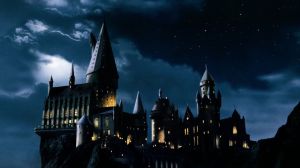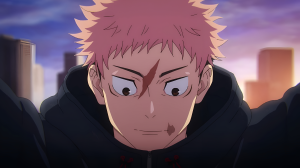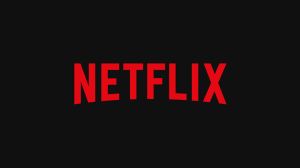The third episode of the nine-part CBS All Access limited series based on Stephen King’s The Stand debuted last Thursday and after spending the first two episodes establishing characters such as Stu Redman (James Marsden), Harold Lauder (Owen Teague), Frannie Goldsmith (Odessa Young), and Larry Underwood (Jovan Adepo), “Blank Page” introduced two more critical characters to the story, Nick Andros (Henry Zaga) and Tom Cullen (Brad William Henke). As fans have the book have noticed, the series makes some major changes from page to screen, including some of the characters. This new take on the story features a few gender swaps and a couple of shifts in race but it also sees some major changes in how Tom Cullen, a developmentally disabled man key to the story, is portrayed. Now, executive producer Benjamin Cavell is opening up about how the character is updated for the series.
Videos by ComicBook.com
In the book as well as the 1994 miniseries adaptation, the Tom Cullen character is portrayed as a simple-minded man child. The book explicitly uses derogatory terms to refer to his disability and presents him as a grown man with a child’s mind — in the book he plays with toy cars and things of that nature. However, the Tom Cullen we meet in “Blank Page” is more human and well-rounded, clearly an adult who, despite still having intellectual challenges, living an adult life. It’s a shift that Cavell told Den of Geek is more in line with what he’s seen in real life.
“Tom, I suppose, was the one that seemed to me to need the most updating in terms of the characterization from the book,” Cavell said. “I’ve always thought of Tom as a sort of Lennie from Of Mice and Men, just transported into the King universe — the old idea of a child trapped in an adult body.
He continued, “But in my experience of developmentally disabled adults, that doesn’t exist. I mean, not in the way I understand it, of a child trapped in an adult body, implying a child’s lack of self-awareness. The developmentally disabled adults that I’ve known are not in the dark about whether they’re developmentally disabled, or whether they have differences from most people around them.”
He went on to explain that it was important to both him and Henke to give Tom dignity as a truly adult character.
“One of the things that was really important to me, and to all of us, and certainly to Brad William Henke, was to give Tom the dignity that comes with making him a full-fledged human being,” Cavell said. “One of the things we found was that speech he gives, in which he is telling whoever he meets about his deficits, and his abilities, and what he can do, and laying it all out — it just felt like that was the kind of a thing a grown man who is living a life that Tom Cullen is, who would need to have as a way to navigate the world.”
For Henke, his take on Tom was inspired by a high school friend’s experiences after suffering a head injury that profoundly changed his life.
“I went to high school with someone who, when they went to college to play football, they received a head injury. His name is Ed Reinhardt Jr. and I talked to him a few years later,” Henke told ComicBook.com. “And he said, ‘in here, still me’. And that just made me just cry because he’s stuck inside of there and he can’t communicate. And so that really was, you know, the biggest thing is to not just be one dimensional. Yes, I want to be loved, but also I’m frustrated with that I can’t communicate right. I’m frustrated with how I feel. So, there’s just so many things going on.”
He continued, “But the main thing is I want to be accepted by people. And what happens in the show is, you know, people like my main man Nick, accept me and inspire me and kind of rekindle a fire in me, you know, that I can do things.”
The first three episodes of The Stand are now streaming on CBS All Access. New episodes arrive every Thursday.








